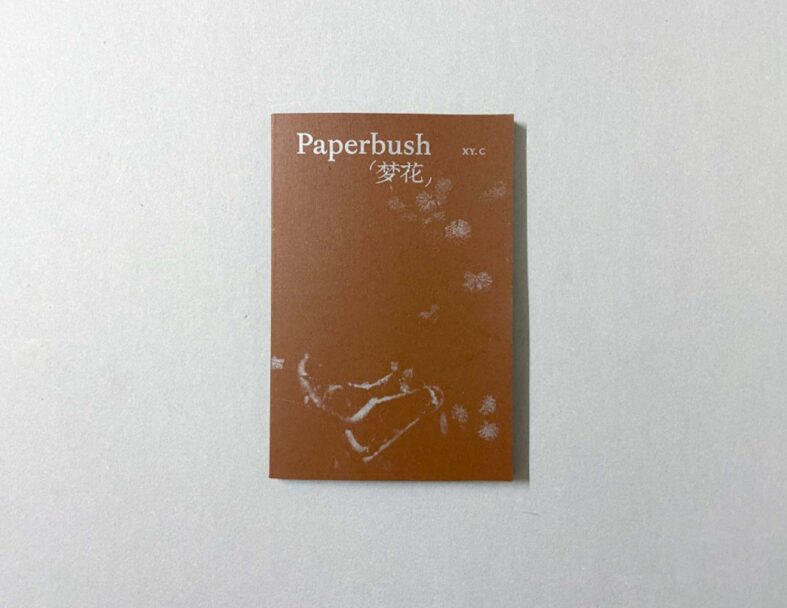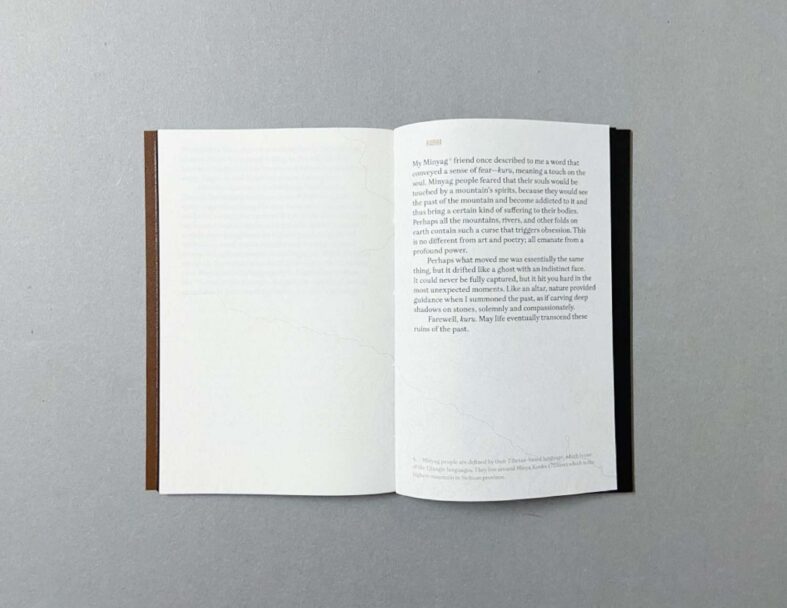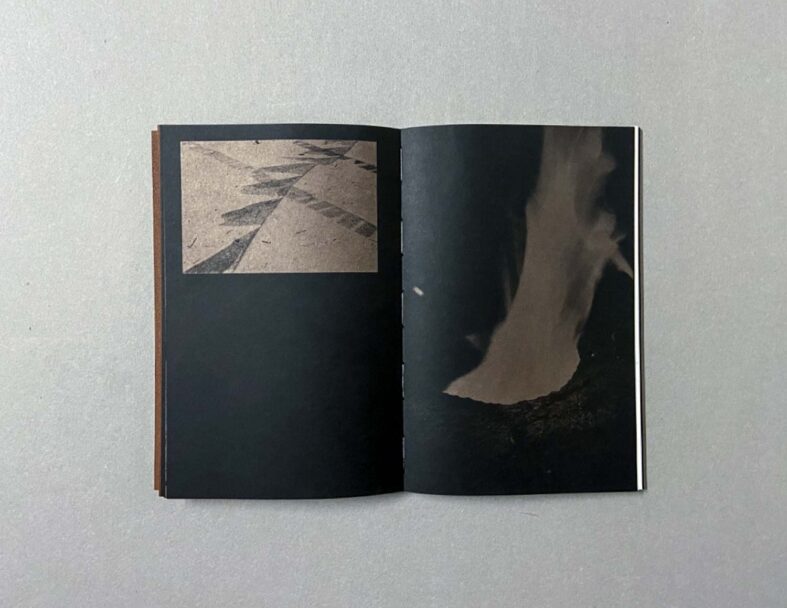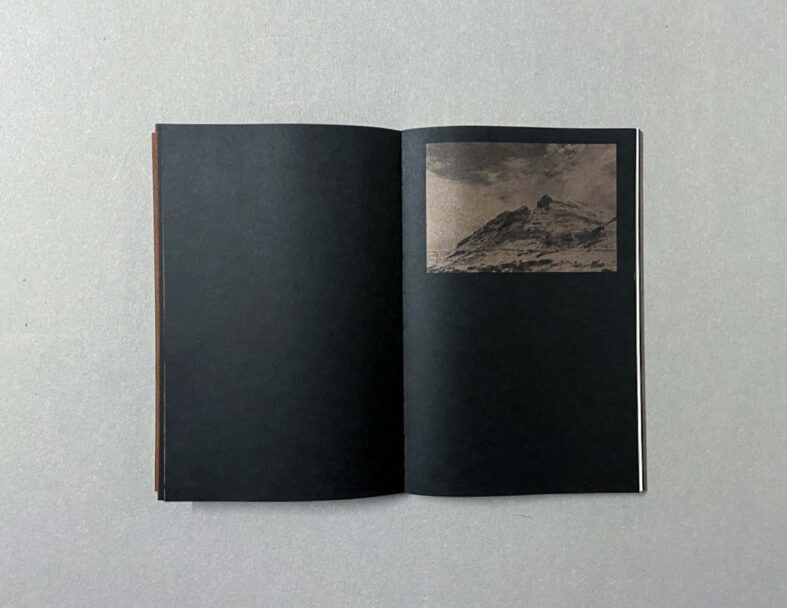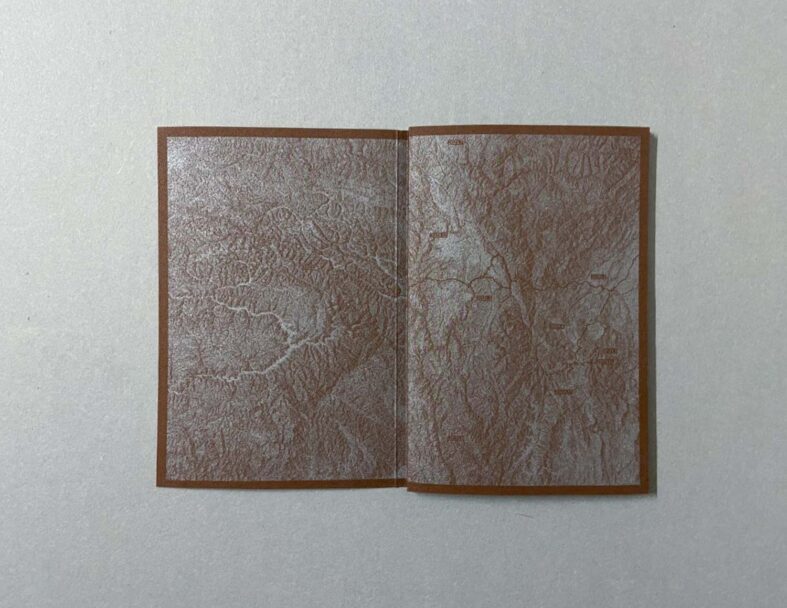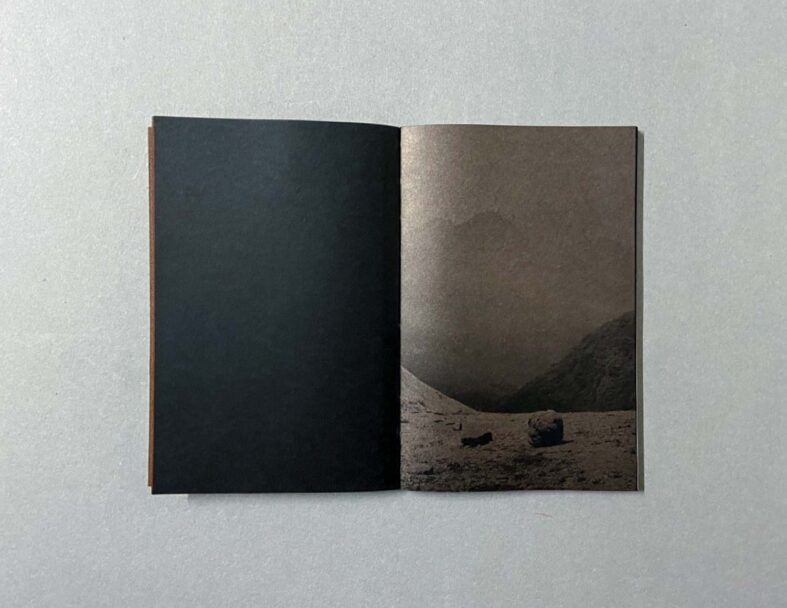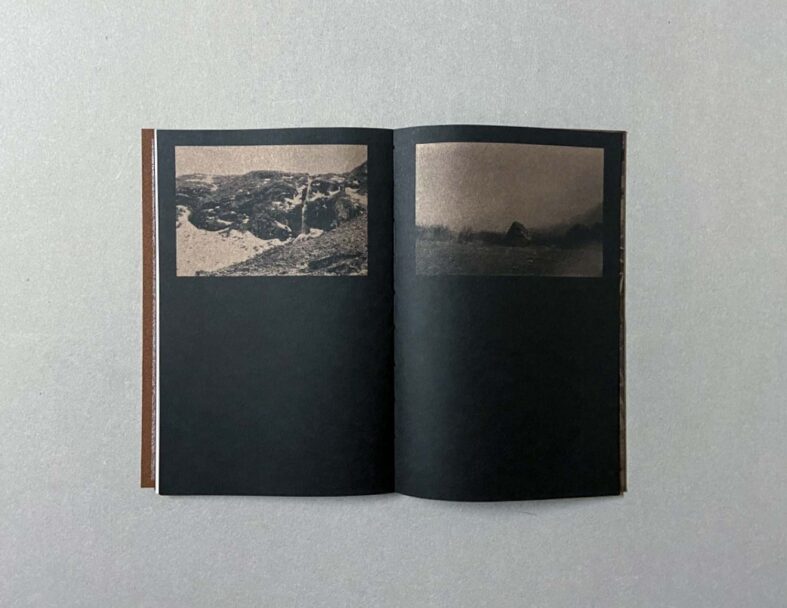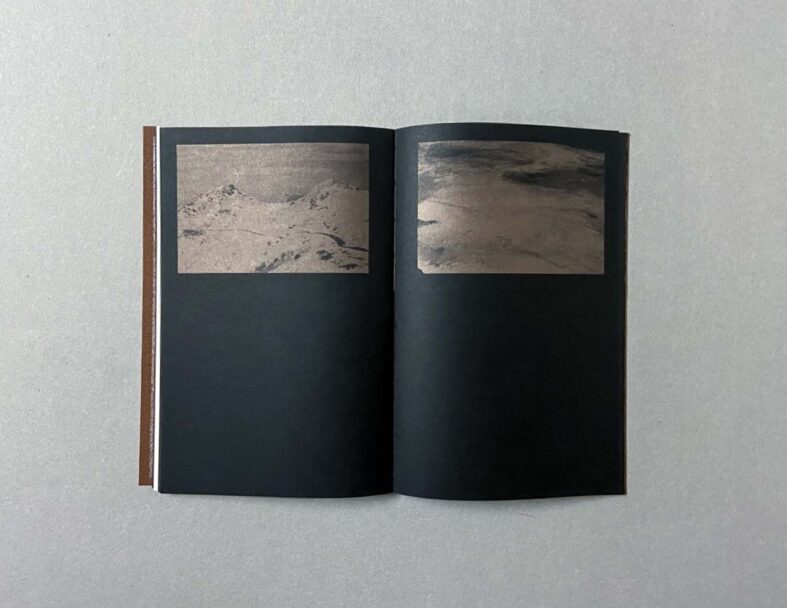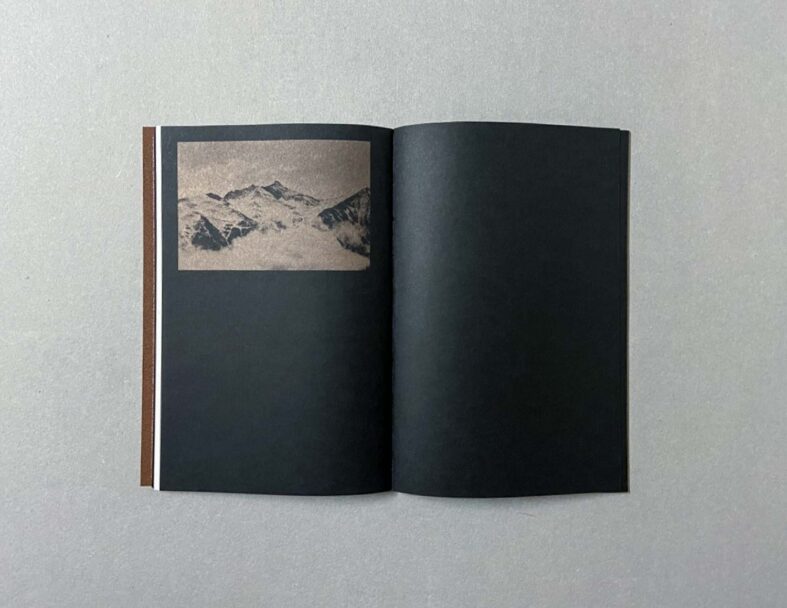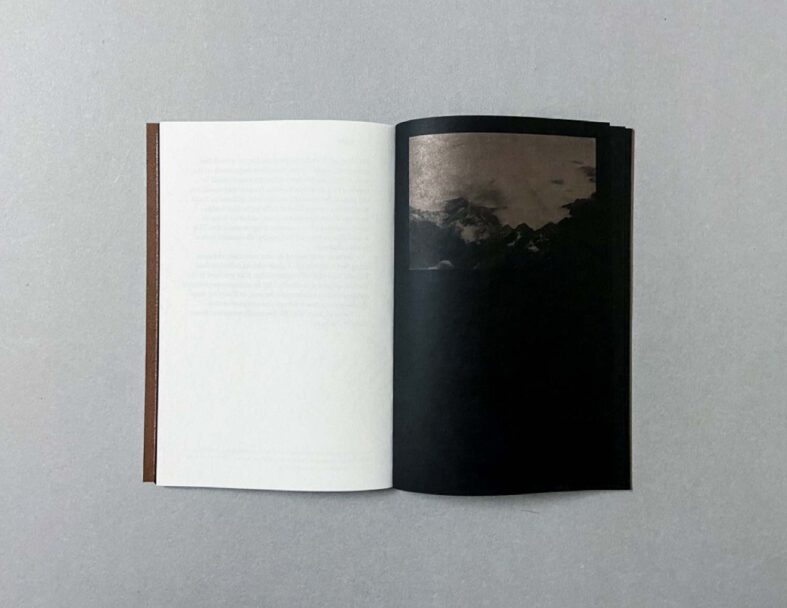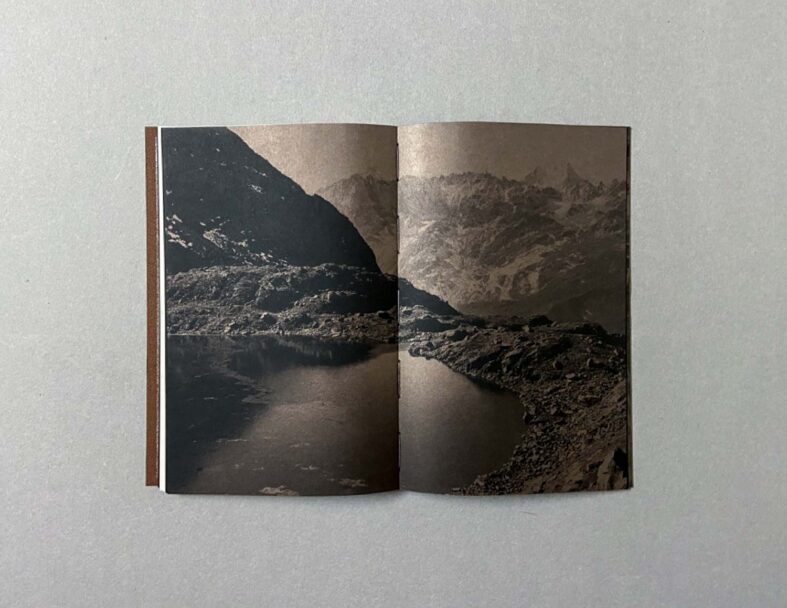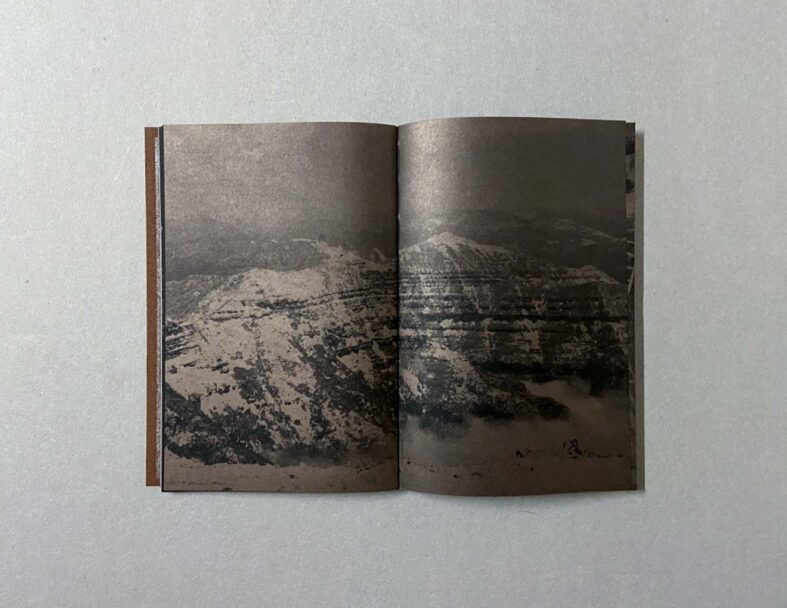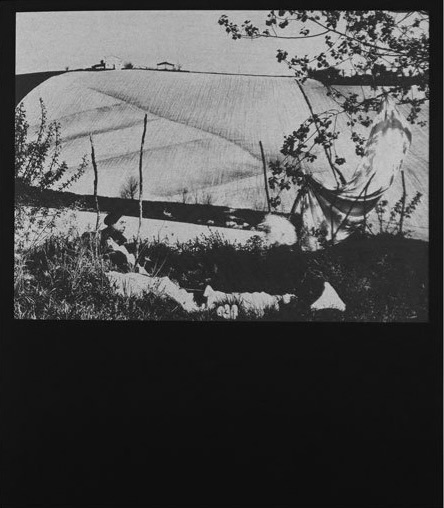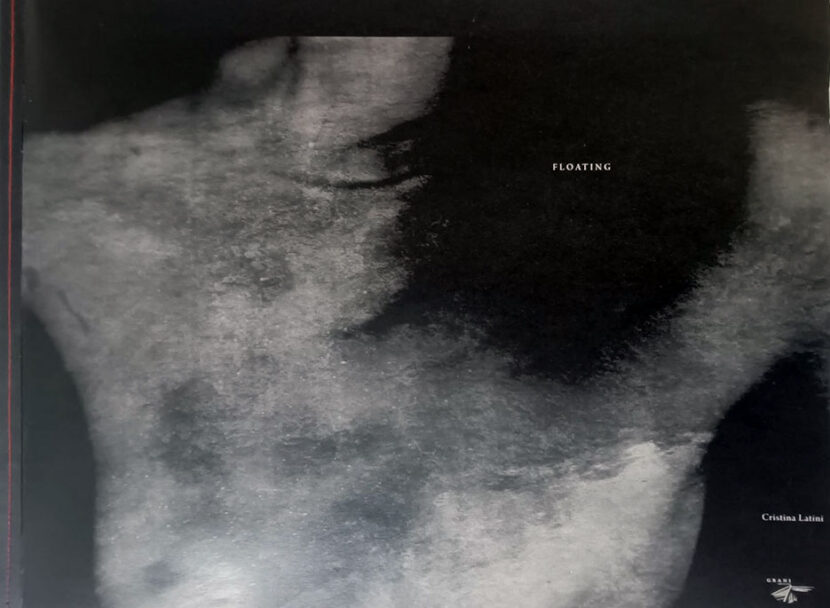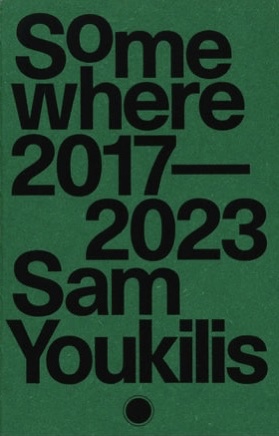
Chen Xiaoyi, Paperbush, 2024
25 Euro
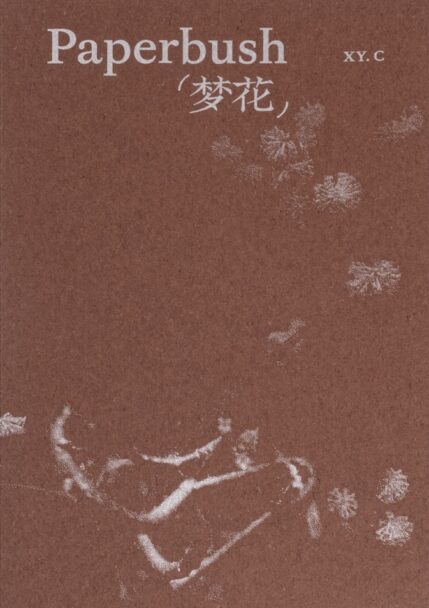
Out of stock
Artist’s statement
Last spring, I met it for the first time in the mountains: the branches had not grown leaves but were blooming with light yellow stamens while the vines were knotted and twisted. An old man living in the nearby village squinting his eyes, said to me, “This is the Meng flower.” I showed a confused expression in a daze, and he continued, “Meng, the Meng in zuomeng (dreaming).” It was a cloudy afternoon with a cold wind. I stopped at the edge of the forest and was struck by the plant in front of me, of which the vines wrapped around and knotted, and its name means dream. How similar it is to the hidden living form of an art practitioner.
These years, I was learning the language of nature while wandering around the Hengduan Mountains, and was fortunate to find vast solace from the mountain and thus made some artworks and exhibitions. However, the photographs and journals in this book are just like the twisted knots of the Meng flower, which I only encounter in the shadows of this life’s memory. They are not about the result, but about the endless and concealed growing. In the end, they are about the life clues that are pointed out to me by the art and the creation in this unseen deep time-space.
Meng flower is a shrub native to China and the Himalayas, always blooming in the spring after winter snow. The flowers are gathered into balls and have a fragrance similar to gardenia. Its official name is Edgeworthia chrysantha, also known as Paperbush in the English-speaking world, just as in southwest China – like in Sichuan and Yunnan – people call it the “Meng flower,” which means dream interpretation. Whether the Meng flower is entangled and knotted or not in its slow growth, this is the origin of the book’s title.

Published by P for Pinecone, March 2024
50 pages
Language: English
Includes 40 pictures, 14 diaries
Dimensions: 125 × 190 × 6 mm
Binding: Paperback
Limited edition of 300 copies, each copy is numbered
